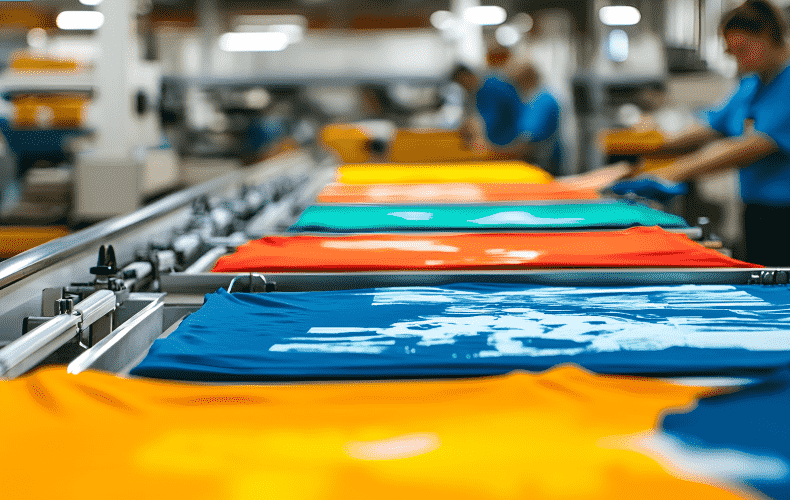
Crypto Investment Entry and Exit Strategies of Institutional Investors
Section: Business
I am not someone who spends hours gardening, pruning trees or caring for them. I don't even notice if plants are dead or alive in the house, so I have resorted to artificial plants and flowers. Something that caught my eye this spring, however, was the stem grafting method my husband used for the first time on our apple tree. The apples we have are really tasty but not storable over the winter, which is why he experimented with grafting. The 200 hours of googling and research paid off when we found out it actually works!
Grafting is a horticultural technique where tissues of one plant are inserted into another so that the two sets of vascular tissues may join together, which is called inosculation. This technique is normally used in asexual propagation of commercially grown plants for the horticultural and agricultural trades.
Stem grafting is one of the most common methods used today. This is when a shoot or stem of a selected desired plant (known as the scion) is grafted onto the rootstock or a stem of another plant (known as the stock), so when the union heals, the cambium of the two plants meet and they act as a single plant. However, for successful grafting, the vascular cambium tissues of the stock and plants must be placed in contact of each other. Here both tissues are needed to be kept alive after grafting has taken place, which is usually a few weeks. There are several ways the stocks can be cut and bound together for grafting and we have used the Splice Graft method (see picture). The entire graft area can be sealed with warm grafting wax or grafting paint and raffia. Such joints formed by grafting are not as strong as naturally formed joints, therefore, particular care and attention is needed at this time.
A big advantage of grafting is the ability to induce fruitfulness without the need for completing the juvenile phase. Juvenility is the natural state through which a seedling plant must pass before it can become reproductive and this can take five to nine years. When you have a 20-year-old apple tree in the garden, you could produce other sorts of apples on the same tree within only two years when mature scions are grafted onto rootstocks.
There are more than 7,500 known cultivars of apples, resulting in a range of desired characteristics and in our case wanting the apples that are storable. We have now successfully fused four different kinds of apples into our tree. Seven out of the eight stems we grafted had successfully grown together and it is really a simple process anyone can carry out.
Good links for easy to do grafting are: http://www.homeorchardsociety.org or http://www.ehow.com

Section: Business

Section: Arts

Section: Arts

Section: Business

Section: Business

Section: Arts

Section: Health

Section: Arts

Section: News

Section: News
Health Insurance in Germany is compulsory and sometimes complicated, not to mention expensive. As an expat, you are required to navigate this landscape within weeks of arriving, so check our FAQ on PKV. For our guide on resources and access to agents who can give you a competitive quote, try our PKV Cost comparison tool.
Germany is famous for its medical expertise and extensive number of hospitals and clinics. See this comprehensive directory of hospitals and clinics across the country, complete with links to their websites, addresses, contact info, and specializations/services.
One of the most beautiful squares transforms into a summer stage every year for two days. The Gärtnerplatz Open-Air features a free music and cultural program across three stages, as well as street food from local vendors. On Saturday, the main stage at Gärtnerplatz offers something for everyone,...



No comments yet. Be the first to comment!